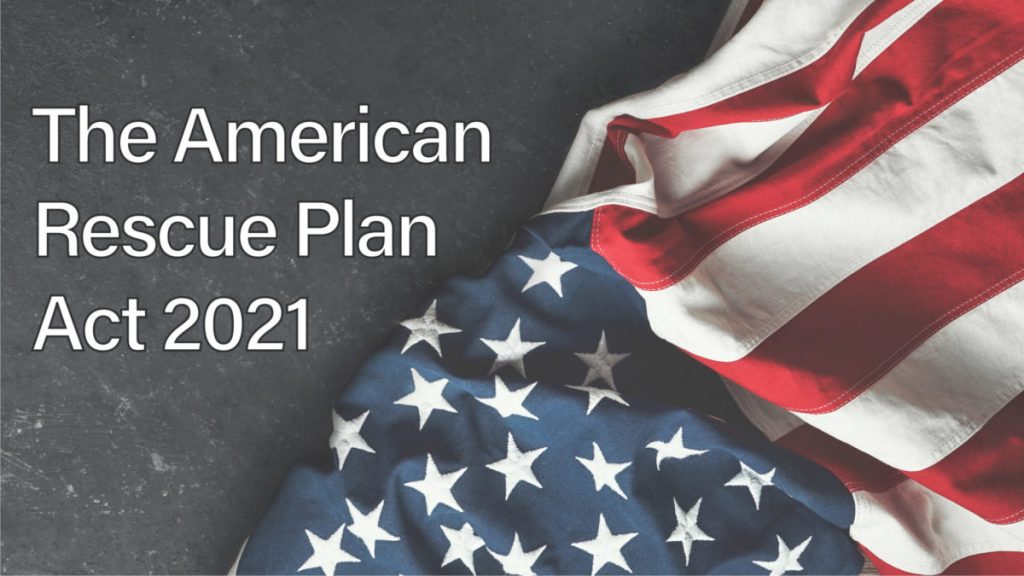
When you think back on this spring, you may fondly recall a substantial deposit made to your bank account by the federal government (if you were eligible). Economic Impact Payments were a focal point of the American Rescue Plan Act (ARPA), but it contains many other provisions also worth remembering. Here are four highlights:
- The child tax credit. For 2021, this refundable credit has been increased to $3,000 per child ($3,600 for children under six years of age), and qualifying children now include 17-year-olds. The increase is subject to modified adjusted gross income (AGI) phase out rules. The IRS is scheduled to make periodic advance payments totaling 50% of the estimated amount due in the last half of 2021.
- The earned income tax credit. For 2021, this credit has been increased for taxpayers with no qualifying children, and the age restrictions for those taxpayers have been relaxed. Taxpayers may use the greater of their 2019 or 2021. For 2021, taxpayers who have a qualifying child but couldn’t previously meet the identification requirements for the qualifying child are still allowed the credit.
Also for 2021, the amount of investment income that a taxpayer can have and still earn the credit has been increased. Moreover, the existing exception to the credit’s joint filing requirement has been broadened. Under this exception, separated married people eligible to file jointly are allowed the credit even if they don’t file jointly.
- The child and dependent care credit. For 2021, the amount of qualifying expenses for this refundable credit has been increased from: 1) $3,000 to $8,000 if there’s one qualifying care individual, and 2) $6,000 to $16,000 if there are two or more individuals. The maximum percentage of qualifying expenses for which credit is allowed has been increased from 35% to 50%. The ARPA has changed the phase out rules, which are based on AGI.
The increased dependent care assistance program exclusion amount will also affect the child and dependent care credit, as the amount of expenses taken into account for the credit is reduced by the amount excludable from the taxpayer’s income under the tax code.
- The health care premium assistance credit. For 2021 and 2022, this credit will be available for a larger percentage of premiums paid for health coverage bought from a Health Insurance Marketplace (commonly called an “Exchange”). Individuals whose income is greater than 400% of the poverty line will be eligible for (rather than barred from) the credit.
For 2020, individuals who, under the Affordable Care Act, were provided advances on the credit exceeding the amounts to which they were entitled aren’t obligated to pay back the excess. And, not-withstanding any other rules, individuals who receive unemployment compensation during 2021 are eligible for this credit under rules that increase the amount of the credit.
Income Exclusion for Unemployment Benefits
Many people received unemployment benefits last year. Under the American Rescue Plan Act, taxpayers with modified adjusted gross incomes of less than $150,000 can exclude $10,200 of their unemployment benefits for 2020. The exclusion is available to each spouse if a return is filed jointly. The IRS has stated that any taxpayers who already filed 2020 returns and didn’t exclude unemployment benefits shouldn’t file an amended return. Contact our firm for more information.
